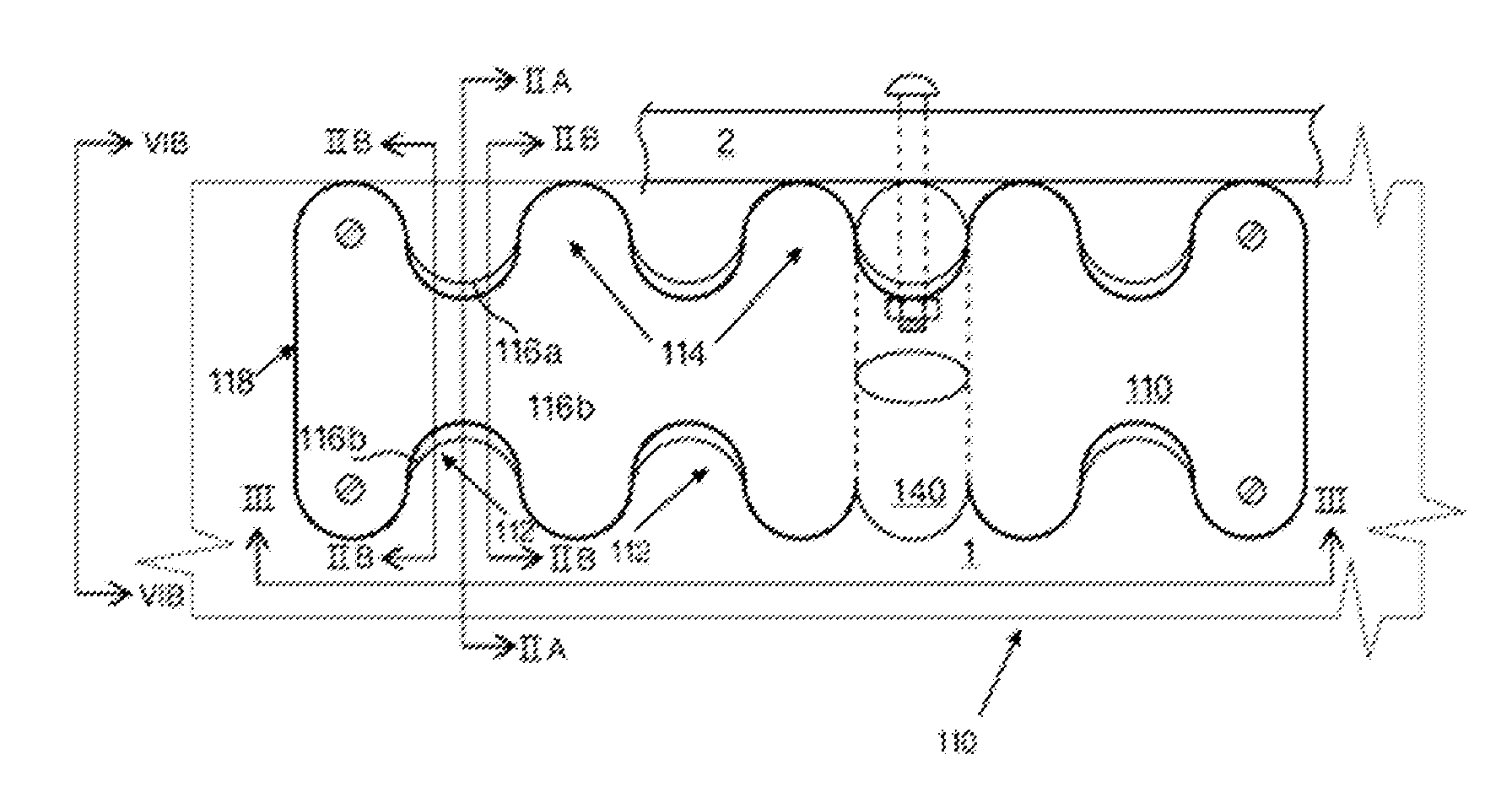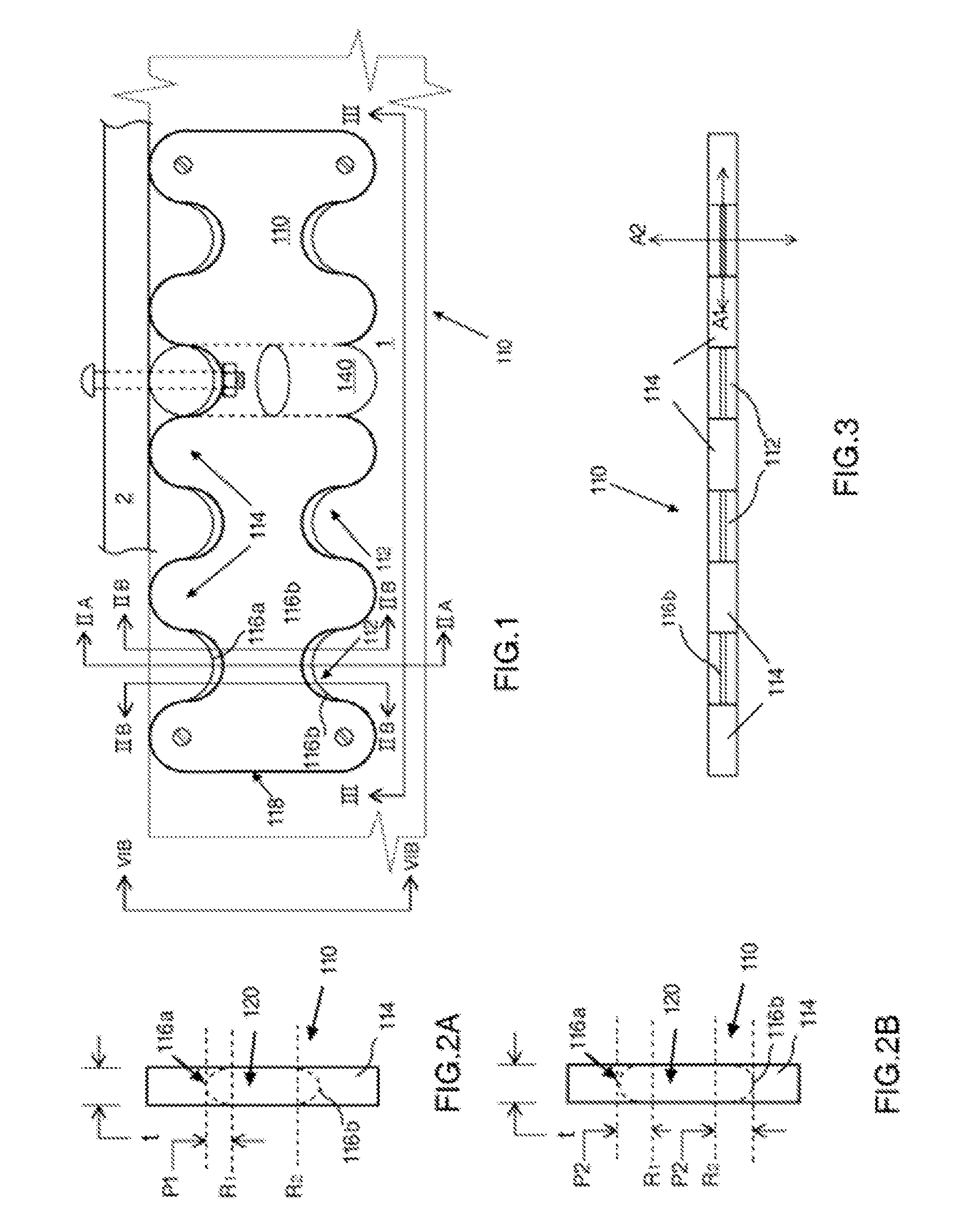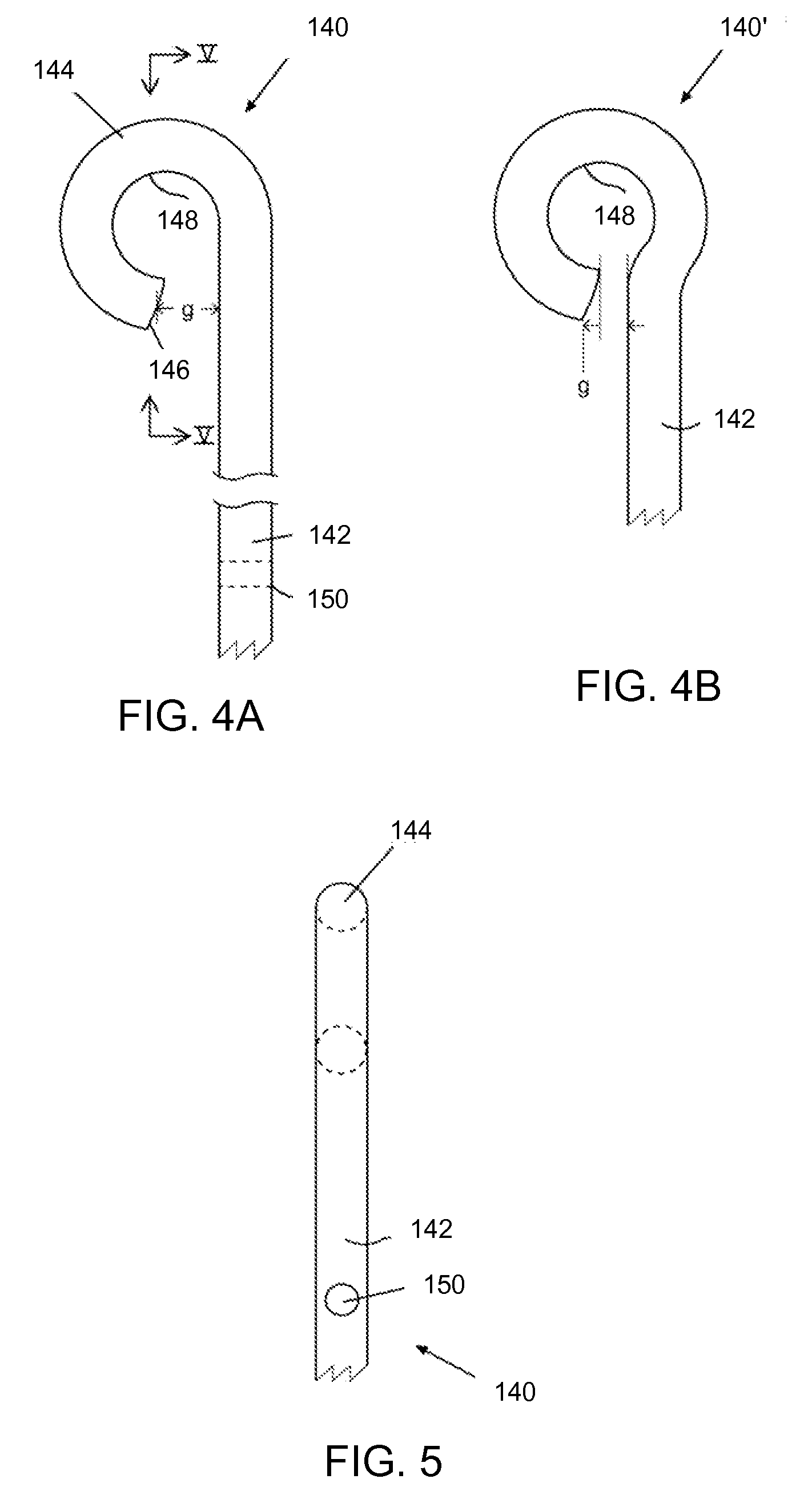Pinless attachment systems and methods of using the same
a technology of pinless hinges and hinge assemblies, which is applied in the direction of door/window fittings, multi-purpose tools, construction, etc., can solve the problems of low precision, low precision, and low precision of pinless hinges, and achieves the effect of reducing the risk of pin failure, and reducing the cost of forming accurately aligned and well-fitted openings for receiving pins
- Summary
- Abstract
- Description
- Claims
- Application Information
AI Technical Summary
Benefits of technology
Problems solved by technology
Method used
Image
Examples
Embodiment Construction
[0047]Before describing the illustrated embodiment in detail by reference to particular contexts and applications, it should be borne in mind when reviewing the drawings and accompanying description that the inventive assemblies disclosed herein have a wide variety of applications. These applications include, among others: (a) the construction of a boat moorage system which obviates the need for ropes, cleats and fenders; (b) removable access doors and hatches for boats, recreational vehicles (RVs); homes and other buildings; (c) simple awning or signage kits, for installation on a home, rented apartment, commercial building, boat or RV, which can be installed by a single individual without regard to the spacing between points of attachments; (d) attachment of tables, chairs, beds, and other furnishings in boats, RVs, student dormitories, an the like where rapid installation, removal, and rearrangement to suit individual users' needs is highly desirable; (e) quick erection of securi...
PUM
| Property | Measurement | Unit |
|---|---|---|
| angle | aaaaa | aaaaa |
| angle | aaaaa | aaaaa |
| width | aaaaa | aaaaa |
Abstract
Description
Claims
Application Information
 Login to View More
Login to View More - R&D
- Intellectual Property
- Life Sciences
- Materials
- Tech Scout
- Unparalleled Data Quality
- Higher Quality Content
- 60% Fewer Hallucinations
Browse by: Latest US Patents, China's latest patents, Technical Efficacy Thesaurus, Application Domain, Technology Topic, Popular Technical Reports.
© 2025 PatSnap. All rights reserved.Legal|Privacy policy|Modern Slavery Act Transparency Statement|Sitemap|About US| Contact US: help@patsnap.com



